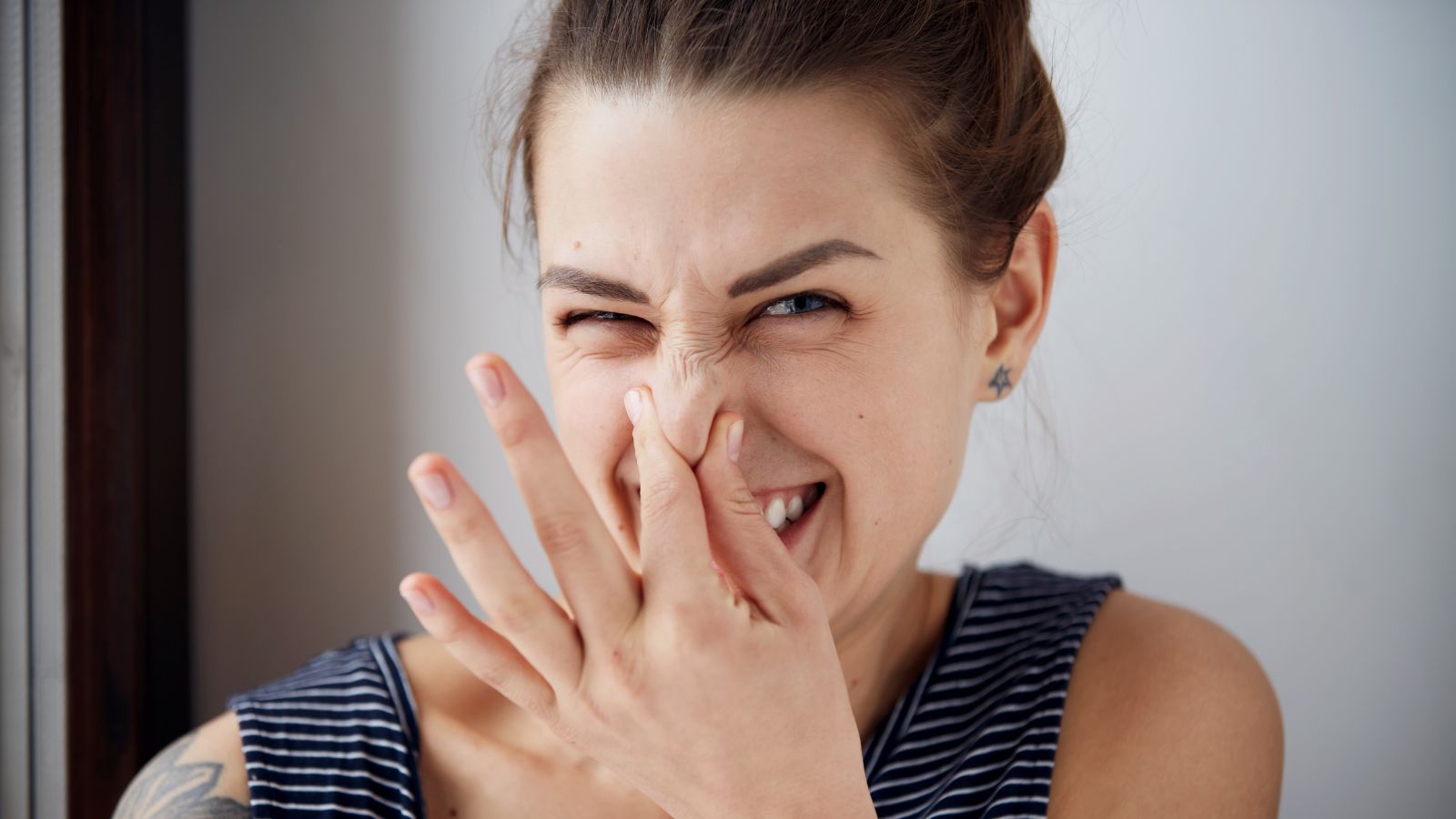When it comes to hygiene, most people just assume that everyone engages in the same self-care habits, but that is not always the case. Hygiene is not one of those things that most people don't talk about openly; they just do them. But the sad reality is that many people do not do what they should to take care of their bodies. Some routines that are pretty basic and should be routine are not a part of the average American’s routine. These are things that tend to fall by the wayside and be overlooked.
Cleaning Under Your Nails
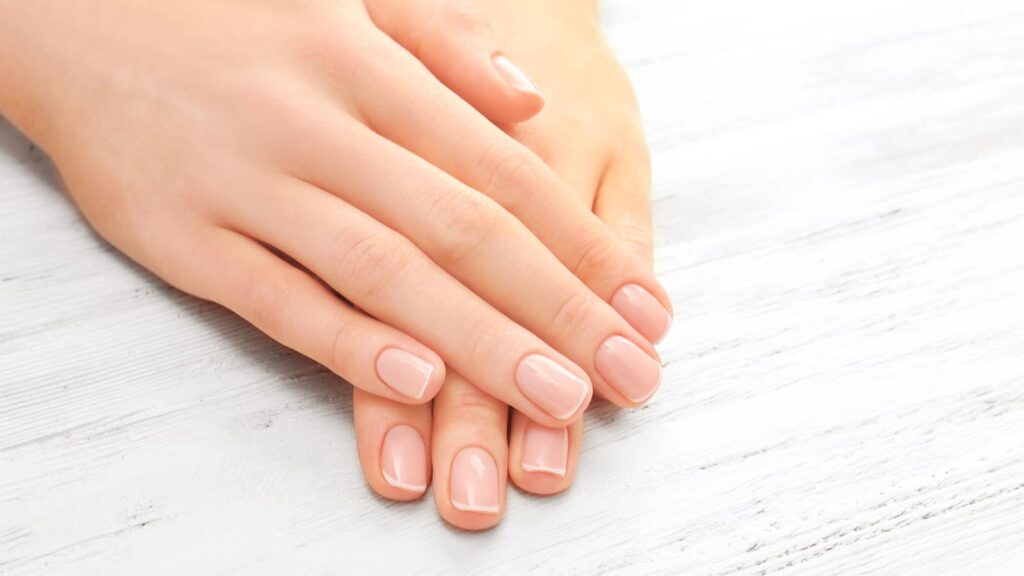
The average person washes their hands five or more times daily, but that doesn’t mean they consider the details. Not only is the devil in the details, but so are germs and bacteria, when it comes to your fingernails. A good cuticle scrub and clearing out of underneath your nails can help to decrease transmitting diseases and illnesses. It just takes a gentle brush and some soap and water to make your nails sparkling clean.
Washing out Sports and Water Bottles
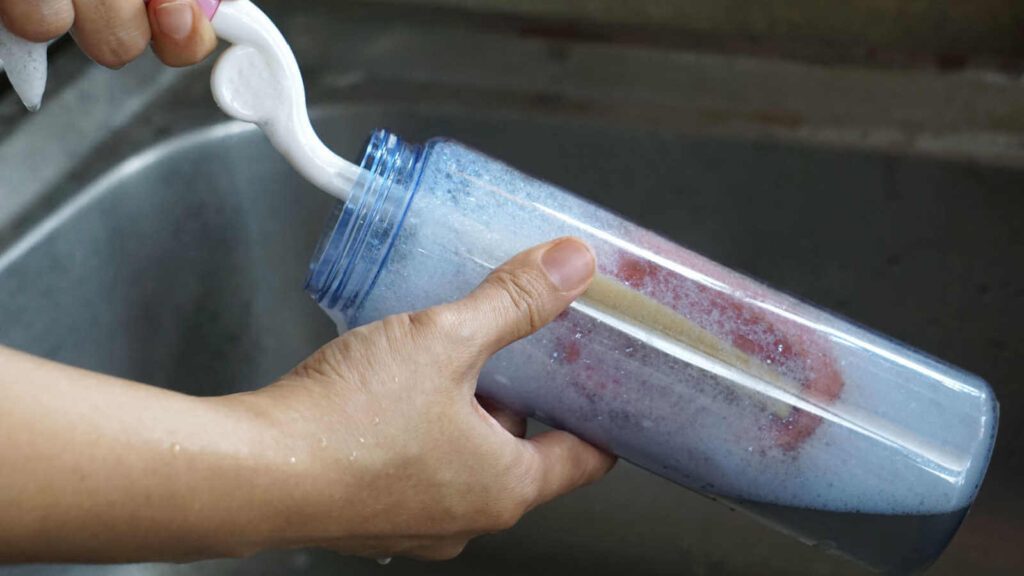
You might not have to put water in the refrigerator or else it will go bad, but that doesn’t mean that leaving it sit without washing your water bottle isn’t bad. When you don’t wash your water bottles, they can begin to breed bacteria, and rinsing with water is not enough. It takes soapy water to make sure that your water bottle is safe for drinking!
Cleaning Pillowcases
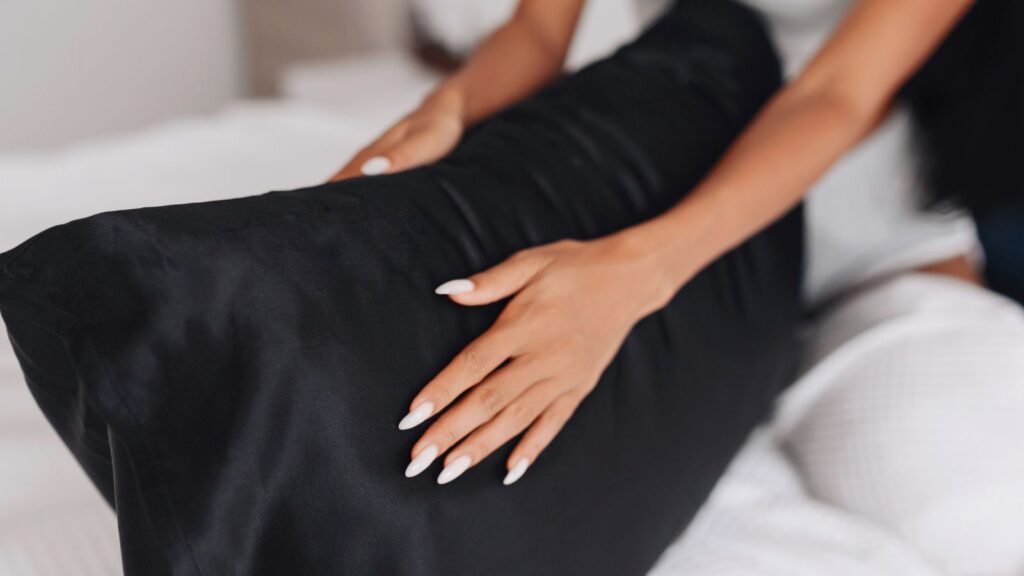
Your pillowcase is probably dirtier than you know. Throughout the night, skin oil, dead skin cells, and sweat can make a bouillabaisse of dust mites and bacterial growth. Washing your pillowcases weekly or biweekly is a must to reduce infection and also help with acne problems and skin irritations and rashes.
Cleaning Your Mobile Phone
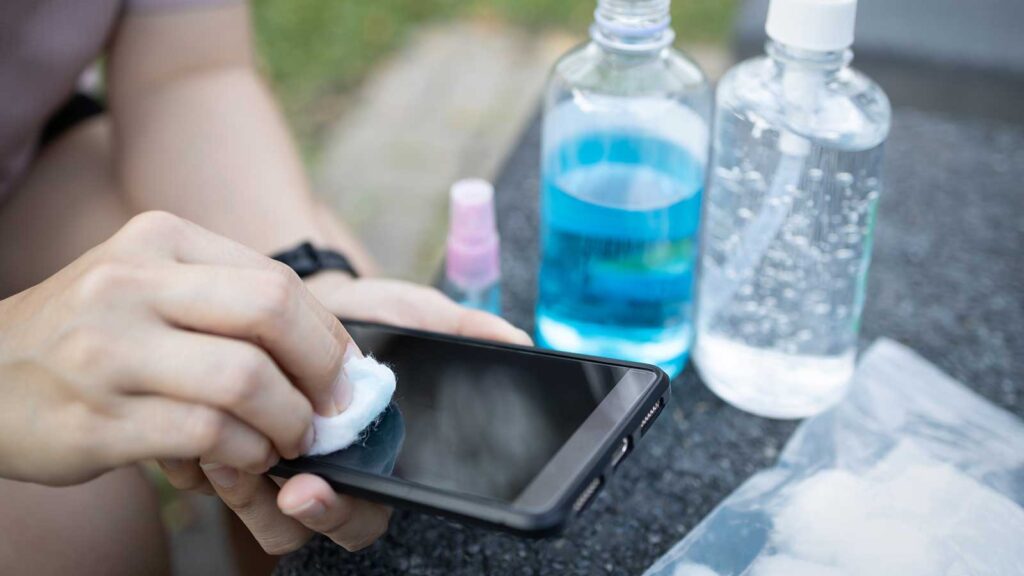
Perhaps one of the grossest surfaces is the one that you put up to your face multiple times a day. Although most people rarely think about it, your mobile phone or device is full of germs and bacteria. Every time you touch it, you transfer germs from your hands, and then when you hold it to your cheek, those germs are transferred too close to home. Ideally, you should clean your phone before you put it to your mouth to speak, and if not that many times, at least daily.
Washing Baseball Caps
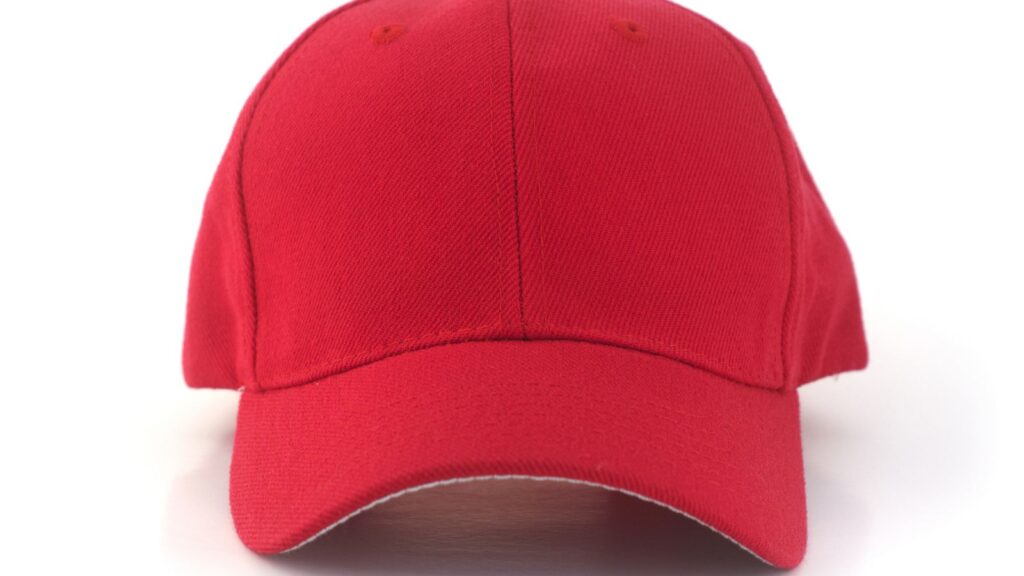
Most people put on baseball caps because they didn't get in a shower, are working out, or are heading to play sports. After you sweat, you shower, but that doesn’t happen to the baseball cap you left on the bathroom sink. If you haven’t washed your baseball cap lately, it probably has germs and bacterial growth, or more, mold and mildew.
Winter Hats
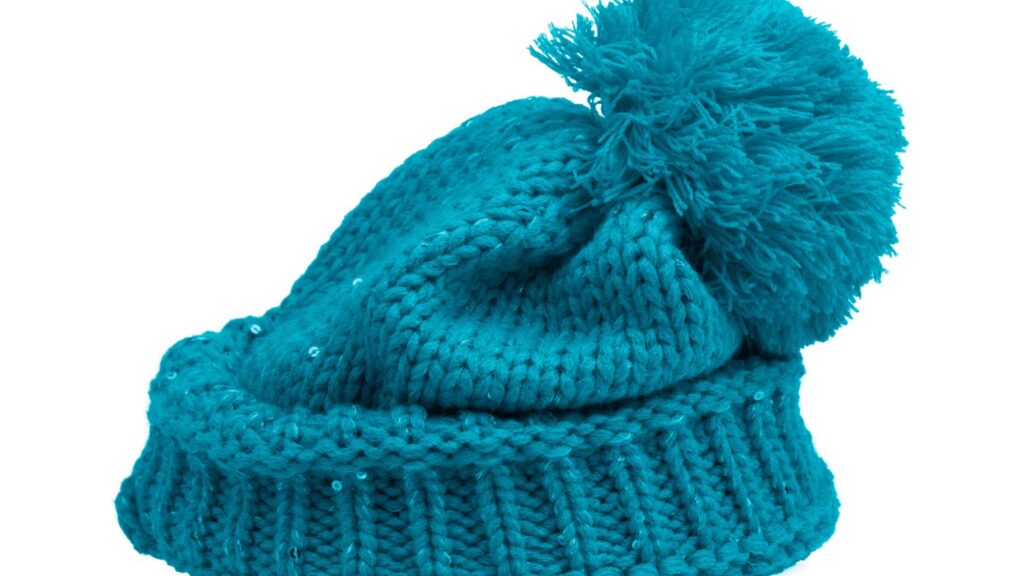
Much like baseball caps, when you put on a winter hat, you do so to keep your head dry. Your head is where you lose the most amount of heat, but it is also the thing that heats the most. Not only do hats build up natural oil from your hair and skin, but sweat can sit and fester becoming a breeding ground for? You guessed it, bacteria and mold growth.
Makeup Brushes
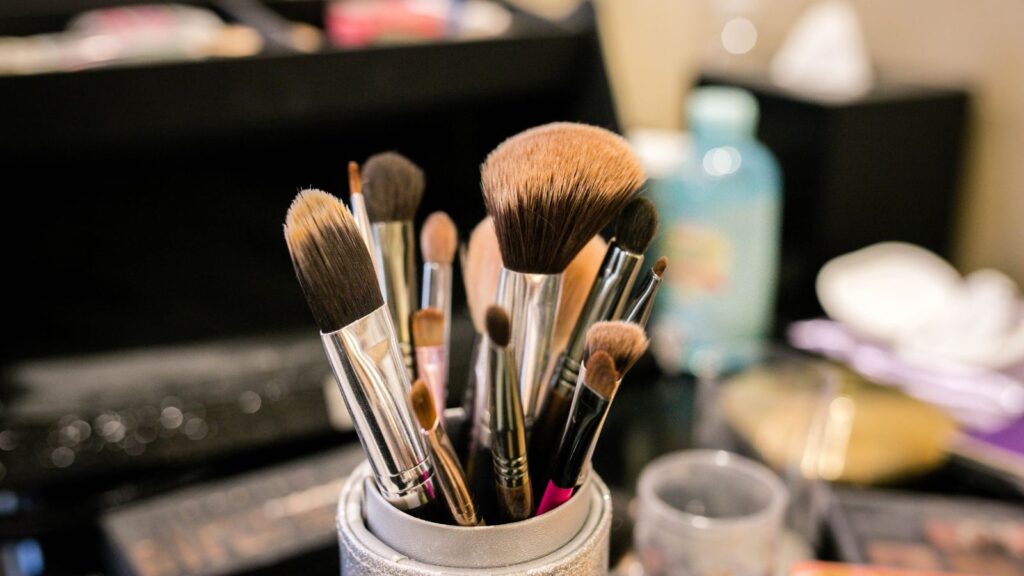
Your makeup brush is a tool you use to make your makeup look flawless. The biggest flaw is that it necessarily touches your face over and over. That leaves it with natural oils and dead skin cells that can lead to acne breakouts, and, in extreme cases, infection. Use a shampoo or mild detergent soap at minimum once a week, and then let the brushes air dry.
Purses Full of Yuck
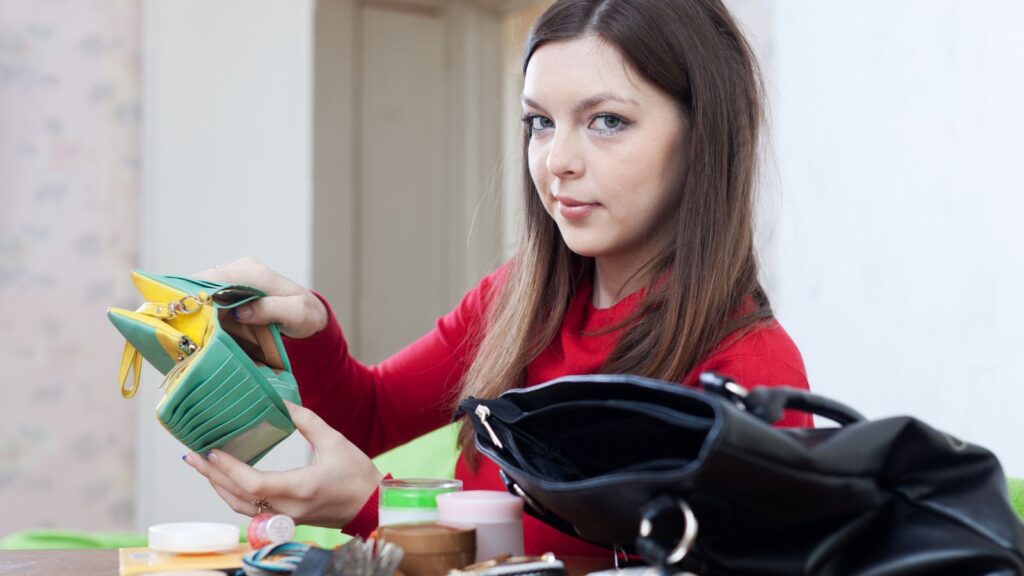
You never go anywhere without your handbag or purse, so everywhere you pick up germs and bacteria it does too. Dirt, bacteria, and germs accumulate in your purse. Also, if you carry around snacks that leave behind crumbs, that’s even worse. It is important to clean it out frequently and vacuum it to remove the debris that can settle on the bottom.
Keychains
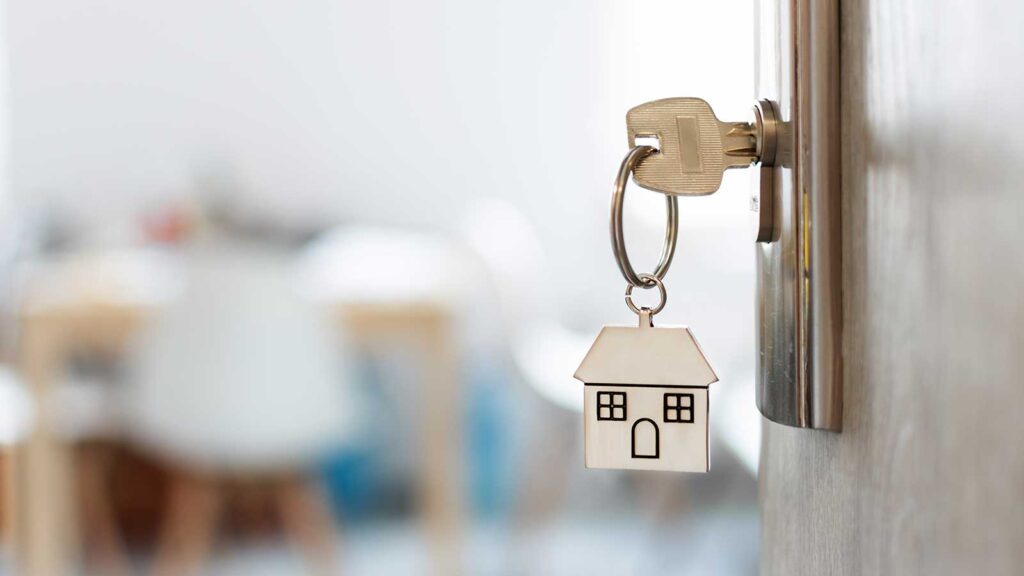
Just like mobile devices, keychains are constantly in your hand where they transfer germs and bacteria from one surface to the next. Cleaning your keychains with a Clorox wipe periodically is a good idea to stop the transmission of germs.
The Steering Wheel of Your Car
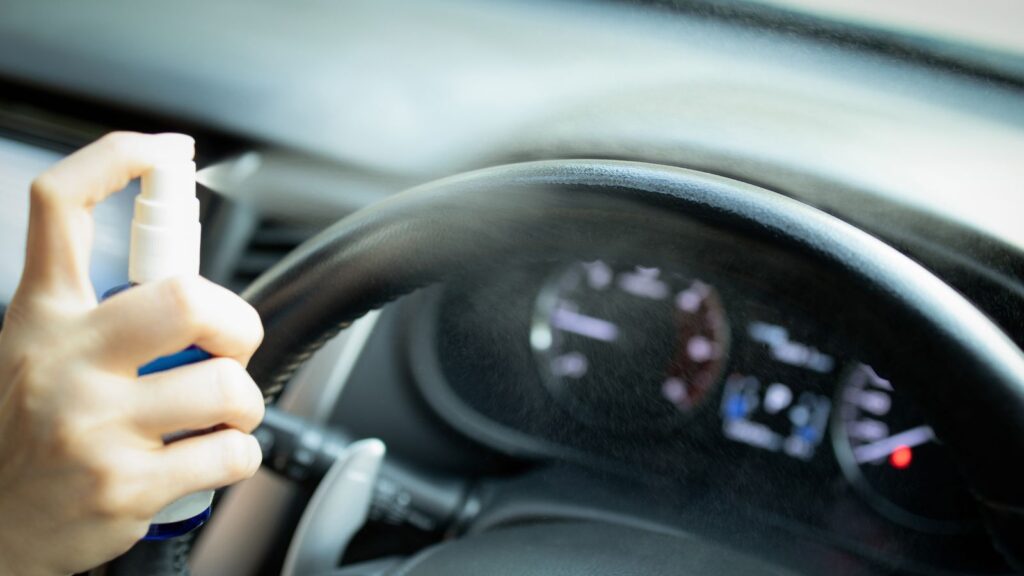
Your mobile device is dirty, your steering wheel can be even worse. It also never sees the light of day or a clean wipe without intention. A good Clorox cleaning frequently, especially during cold and flu season, will stop you from spreading viruses and bacteria from object to object, and family member to family member.
Earbuds
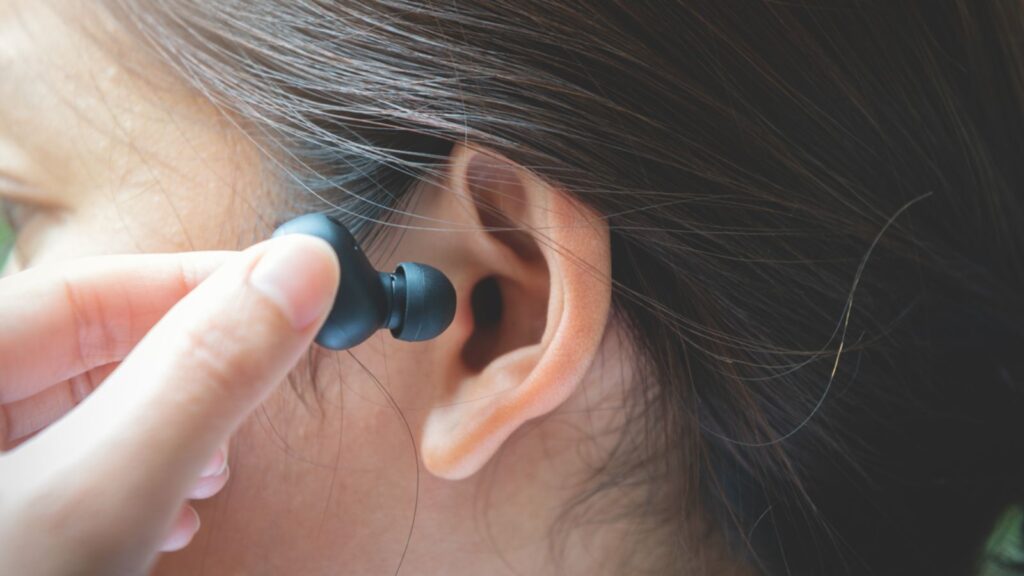
Ear wax is necessary and healthy when it is kept under control, but when it collects on your headphones and earbuds there is nothing healthy or necessary about it. Use a soft cloth or a Clorox wipe around your earphones and use an alcohol swap to remove debris from your earbuds. Make sure to wring the cleaning products properly to eliminate the risk of ruining them.
Your Toothbrush
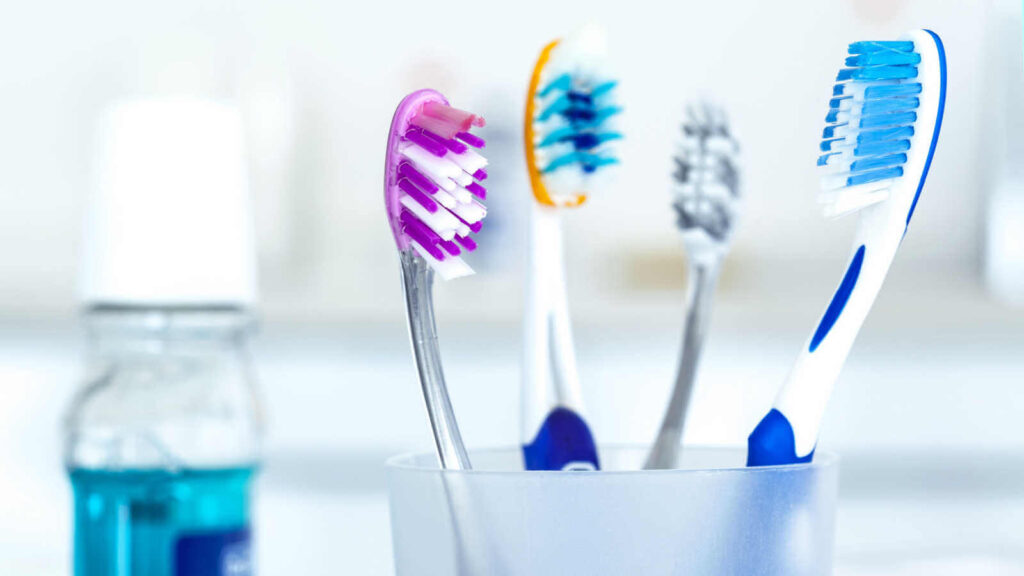
Your toothbrush is not only the thing that removes bacteria and build-up from around your teeth, it rests usually near the toilet where fecal matter can be airborne and land. Not only is it critical to change your toothbrush every month, but if you are sick, you need to swap it out more frequently to stop the risk of reinfecting yourself.
Cleaning Out Your Belly Button
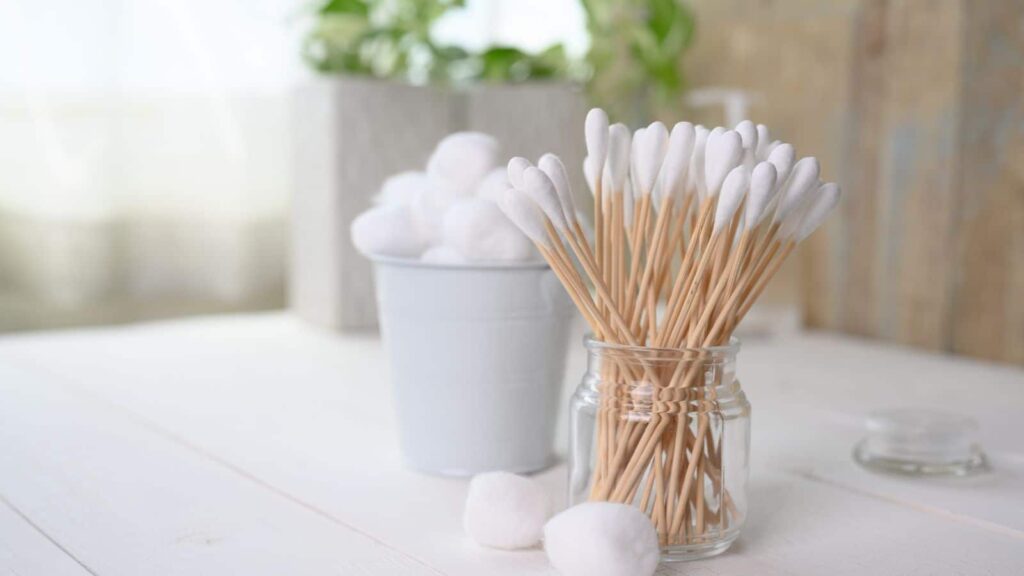
There aren’t many places that can hide from a good shower but your belly button doesn’t see the light of day or a bar of soap. It just takes a cotton ball and a little soap to wipe around the outside and slightly inside of your belly button to keep it fresh and clean.
Behind Your Ears
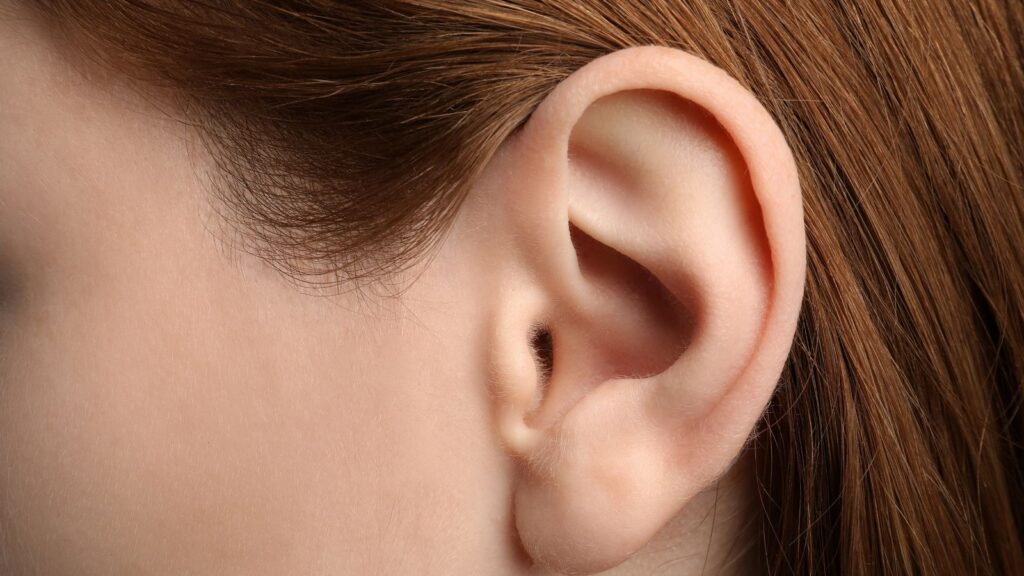
Those things that we typically don’t see can be looked over. Since you never get a glimpse of what is hiding behind your ears, you usually don't address it. Sweating, natural oil, and dead skin cells can build on the backside of your ears, and the only way to remove the dirt is to target it with soap and water directly.
Shower Curtains

Shower curtains are often the moldiest place in the bathroom. Because shower curtains typically get wet, especially around the bottom where they can sit in water, you have to make sure to swap them out or clean them frequently. Paying extra for a washable or disposable version is the best way to ensure that you don’t let black mold develop or let mildew sit and breed bacteria.
Remote Controls
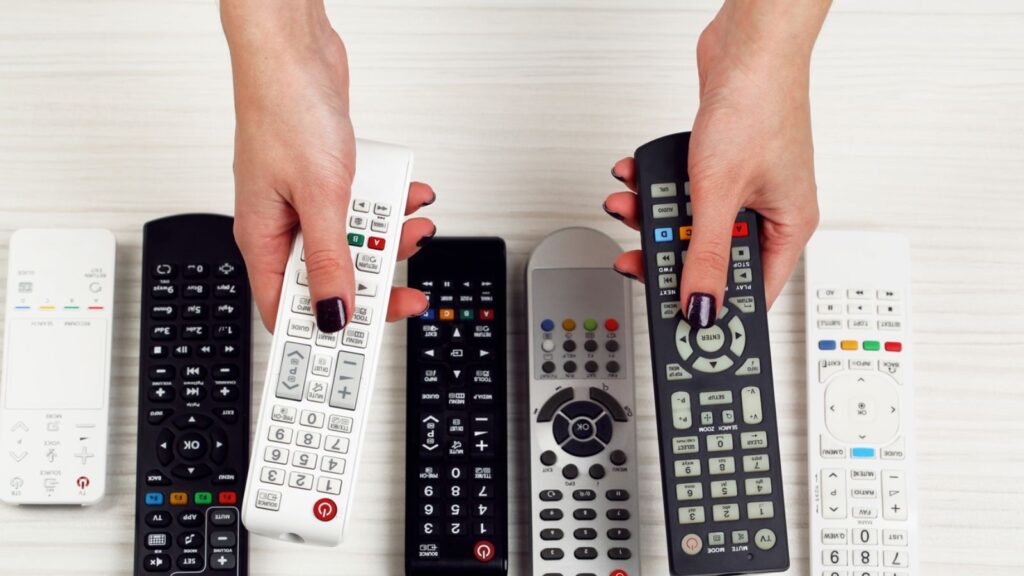
Anyone who has ever watched the dateline with a blacklight shined on a remote control to investigate cleanliness has probably not slept as well since. Even if it is your own germs and bacteria, your remote is still dirty and gross. Just like your appliances and keychains, remotes need to be cleaned to remove bacteria and the spread of germs, especially during cold and flu season.
Brushes and Combs
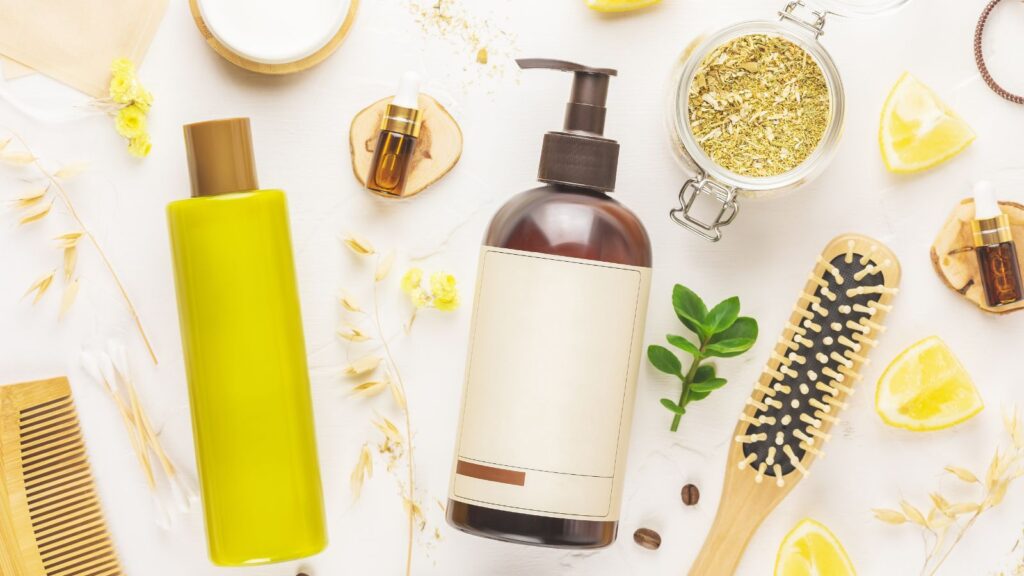
Most people use brushes and combs when they get out of the shower, so they assume they must be clean. When brushes collect skin cells, dandruff, and hair, it can become a breeding ground for bacteria. Your dishwasher is an excellent place to run them through and thoroughly clean them.
Trash Bins
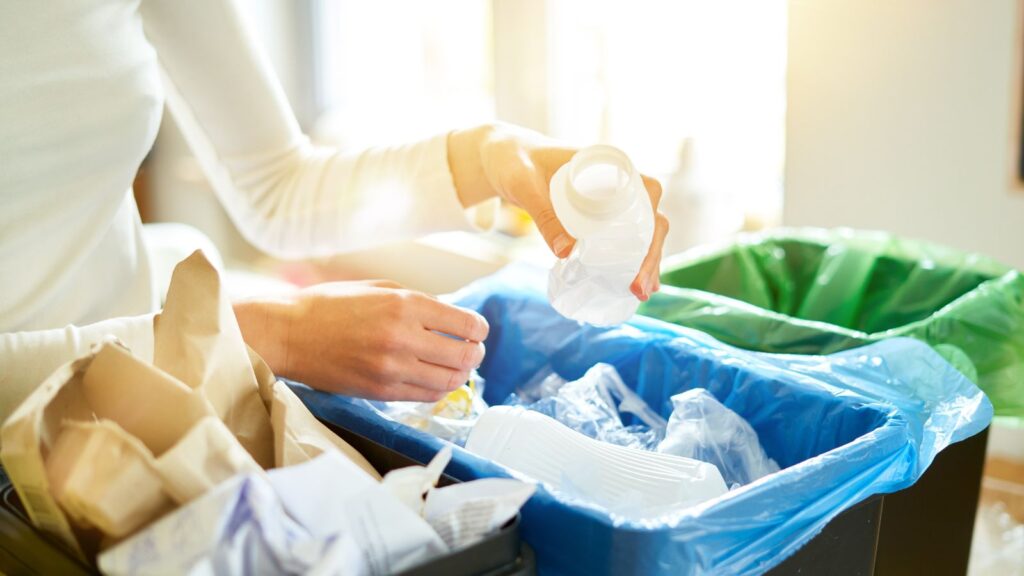
Although we love it when a trash bag stays put, it doesn’t always, and when people miss the bag, dirt, debris, and spills can leak into the trashcan underneath the bag. When you leave food particles, dirt, and grime unaddressed on trash receptacles, it can become a pest nightmare and may lead to bacteria growth.
Flossing and Mouthwash
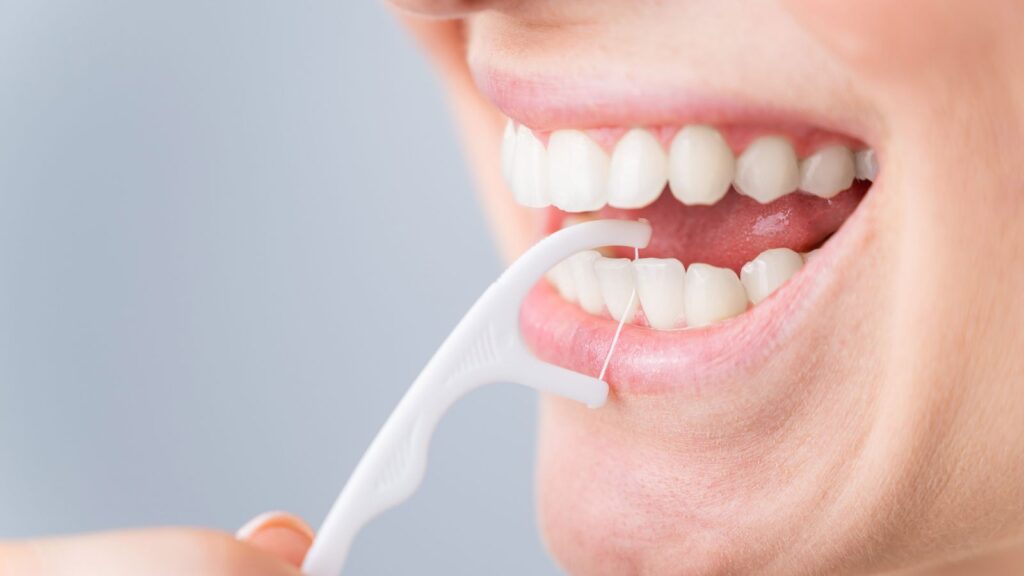
Most people understand the importance of twice daily or more brushing, but not everyone flosses. Flossing is the best way to reduce the risk of tartar and gingivitis. It is also a way to remove bacteria that can lead to cavities and periodontal disease. Once more, when examined, mouthwash is usually just as effective, if not more, at preventing cavities and oral decay for both young and old alike.
Your Bed Sheets
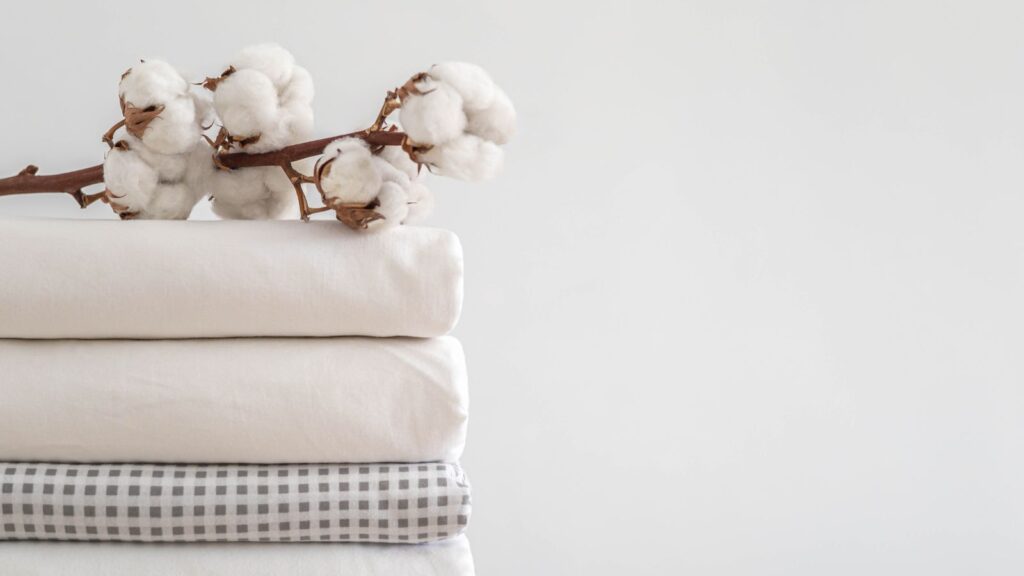
Unless you wash your feet before you hop into bed, all the dirt that you carry around is transferred to your bed. Over time, dead skin cells and natural body oils can also build up on your sheets leading to acne breakouts, and in some instances, skin irritation and infection. Changing your sheet every other week is a good hygiene goal to shoot for.
Although we all assume that hygiene is tackled in the same way by everyone, some common things are commonly overlooked. If the back of your ears hasn’t seen some soap and water or your belly button has been stewing for a while, now is a great time to add these missed items to your hygiene checklist today.
18 Behaviors Branded as Low-Class by Society

18 Behaviors Branded as Low-Class by Society
18 Reasons Gen Z Believes They Should Be Paid Without Working

18 Reasons Gen Z Believes They Should Be Paid Without Working
18 Ways Parents Raise Failed Adults

18 Ways Parents Raise Failed Adults
18 Work Practices Millennials & Gen Z Refuse to Accept

18 Work Practices Millennials & Gen Z Refuse to Accept
23 Personal Topics You Should Never Share With Others

